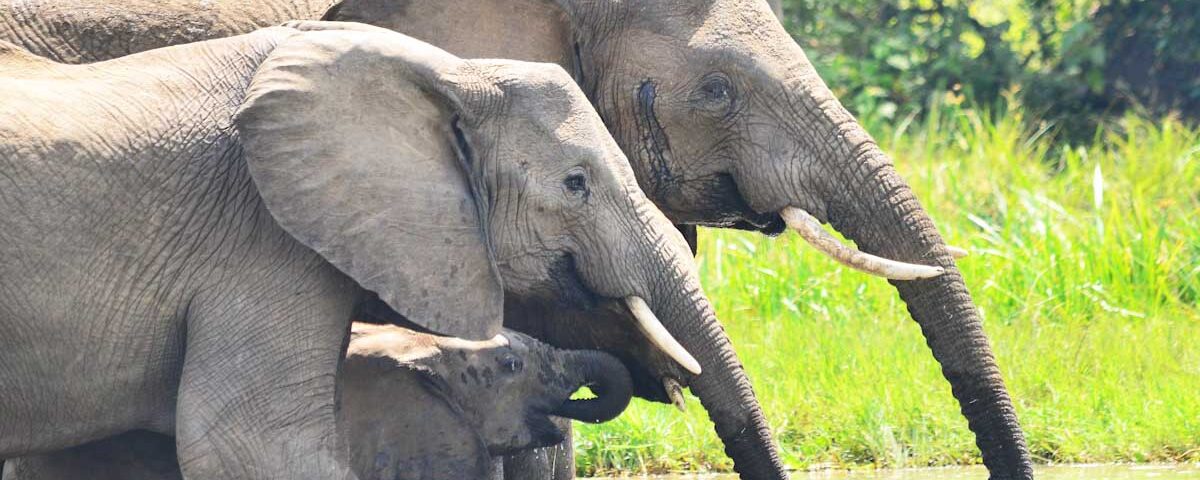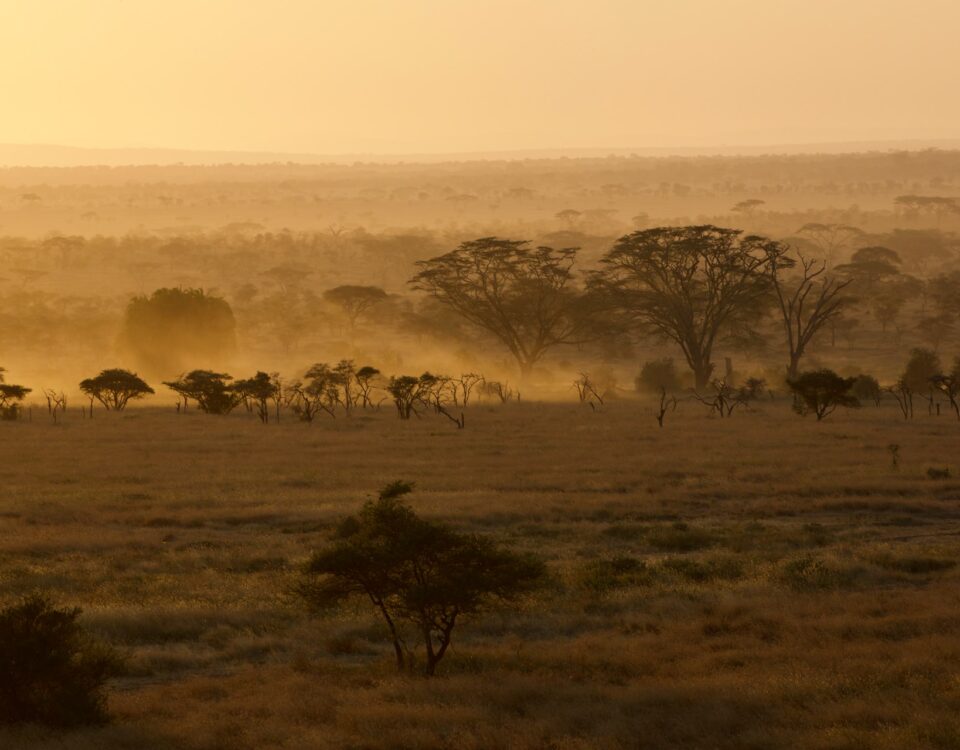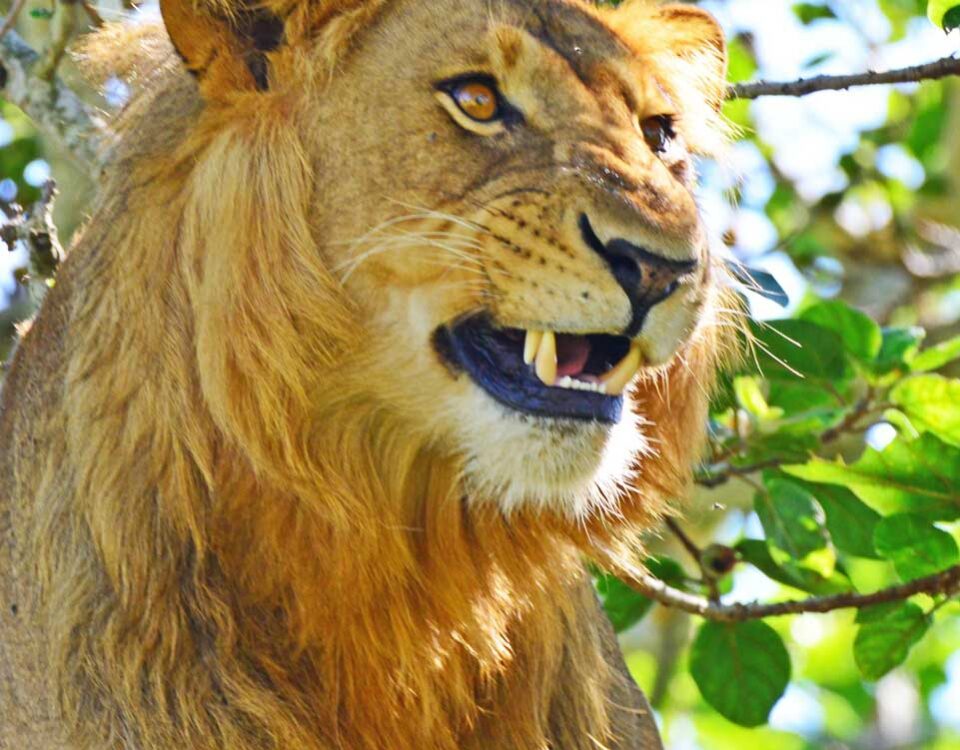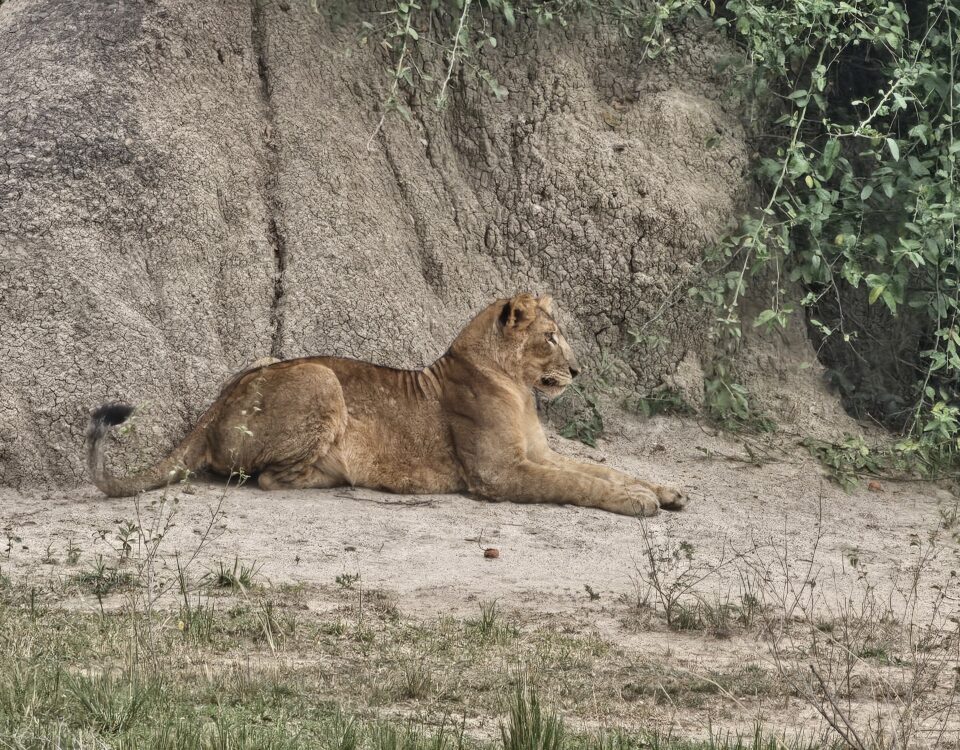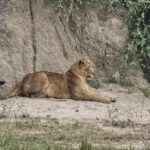
Where is Queen Elizabeth National Park Located?
April 2, 2025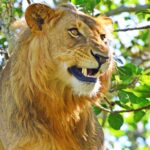
How Big is Queen Elizabeth National Park?
April 2, 2025
What is Queen Elizabeth National Park Known For?
Queen Elizabeth National Park, one of Uganda’s most famous wildlife destinations, is a UNESCO World Heritage Site known for its breathtaking landscapes, diverse wildlife, and incredible ecological diversity. Located in the western region of Uganda, it spans 1,978 square kilometers, stretching from the shores of Lake Edward in the southwest to the foothills of the Rwenzori Mountains in the north. The park’s proximity to the border of the Democratic Republic of Congo (DRC) enhances its significance as a vital ecological area, teeming with rich biodiversity and providing a unique habitat for a wide range of species. Queen Elizabeth National Park is known for its impressive variety of habitats, including savannah, wetlands, and tropical forests, each hosting unique wildlife. The park is home to over 95 mammal species, 600 bird species, and various reptiles, making it an excellent destination for both wildlife enthusiasts and bird watchers.

Elephants – Jackal Wild Adventures
Rich Wildlife Diversity
Queen Elizabeth National Park boasts a vast and varied ecosystem that serves as a habitat for numerous wildlife species. Among its most iconic inhabitants are the tree-climbing lions of Ishasha. These lions have become a signature species of the park, captivating visitors with their rare behavior of climbing trees. They likely adapt this behavior to the region’s environmental conditions, seeking refuge in the trees to evade flies or gain a better vantage point for hunting. The park also hosts healthy populations of elephants, buffalo, hippos, and leopards. Its diverse ecosystems offer ample opportunities for animal sightings during safaris, whether you traverse the savannah plains or cruise along the Kazinga Channel, which links Lake Edward and Lake George, providing spectacular views of hippos and other water-loving wildlife.
Additionally, Queen Elizabeth National Park supports various primates, including the rare Uganda kob, and is home to a significant number of chimpanzees, especially in the Kyambura Gorge. This lush tropical forest in the northeastern part of the park provides a sanctuary for a group of chimps. Visitors can embark on chimpanzee trekking adventures here, adding an exciting and educational element to their wildlife exploration.
Ecosystem Diversity and Scenic Beauty
What sets Queen Elizabeth National Park apart is not just its wealth of wildlife but also its diverse ecosystems, which offer dramatic scenic contrasts. The park is home to numerous volcanic craters, ancient lava flows, and expansive grassy plains. The terrain varies greatly from the open savannah and forested hills in the south to the marshy wetlands of the Kazinga Channel in the north. Visitors to the park can experience a range of activities, from traditional game drives to boat safaris, and each offers a different perspective of the park’s exceptional landscapes. The park is also known for its rich biodiversity, and it provides essential ecological services to the surrounding communities, including water regulation and soil fertility.
The iconic volcanic craters within the park are particularly fascinating for visitors who enjoy hiking and scenic views. The rolling hills and panoramic vistas of the park create the perfect backdrop for photography and outdoor exploration. One of the most popular scenic drives is the crater drive, which offers breathtaking views of the region’s volcanic features and the rich forest cover. The Rwenzori Mountains in the backdrop provide an ever-changing view of snow-capped peaks and misty ridges, further enhancing the park’s natural beauty.
Gorilla Trekking Safari Experience from Queen Elizabeth National Park
While Queen Elizabeth National Park itself offers a wide range of wildlife experiences, it is also an excellent base for those interested in experiencing gorilla trekking safaris in Bwindi Impenetrable Forest. Situated just a few hours away from Queen Elizabeth National Park, Bwindi Impenetrable Forest is one of the most famous gorilla trekking destinations in the world. The forest is home to over half of the world’s population of mountain gorillas, making it a key location for gorilla conservation and a must-visit for any wildlife enthusiast.
Visitors to Queen Elizabeth National Park can easily incorporate a gorilla trekking experience into their itinerary. A day trip or overnight stay from Queen Elizabeth to Bwindi provides an exciting opportunity to witness one of the world’s most incredible wildlife experiences—tracking and observing mountain gorillas in their natural habitat. A typical gorilla trekking safari begins with an early morning briefing at the park headquarters, where trekkers are divided into groups and assigned to one of the habituated gorilla families. Trekkers then embark on a challenging hike through the dense forest, with expert guides leading the way. The terrain is steep and the hike can take several hours, but the reward of encountering a group of mountain gorillas is well worth the effort.
The experience of seeing these majestic creatures up close is truly awe-inspiring. Observing the gorillas as they interact with each other, play, feed, and move through the forest is a rare and privileged moment that few people get to experience. The trek itself is an immersive adventure, and it offers a chance to witness the beauty of Bwindi’s lush forests, teeming with other wildlife such as monkeys, bird species, and a variety of plants. The experience is not only an unforgettable wildlife encounter but also an opportunity to contribute to gorilla conservation efforts, as the fees for permits go directly toward supporting the conservation of these endangered animals and their habitat.
Conservation Efforts and Sustainable Tourism
Queen Elizabeth National Park, alongside Bwindi Impenetrable Forest, plays an essential role in Uganda’s conservation efforts, especially in terms of preserving the endangered mountain gorillas and other species. The park’s management works in close collaboration with local communities to promote sustainable tourism that benefits both the environment and local people. Eco-tourism initiatives in the area are designed to minimize the impact of human activities while maximizing the benefits of wildlife conservation. Visitors to Queen Elizabeth and Bwindi are encouraged to follow strict guidelines to ensure that their presence does not disturb the delicate balance of the ecosystem.
In Bwindi, the promotion of sustainable tourism is particularly vital. Gorilla trekking activities are regulated to ensure that trekking groups do not disturb the gorillas, maintaining their natural behaviors and minimizing the risk of disease transmission. The revenue generated from trekking permits and other tourism activities is reinvested into conservation programs and local community development, creating a sustainable model for both wildlife and local people. The result is a thriving tourism sector that directly benefits the wildlife, surrounding communities, and the economy of Uganda as a whole.
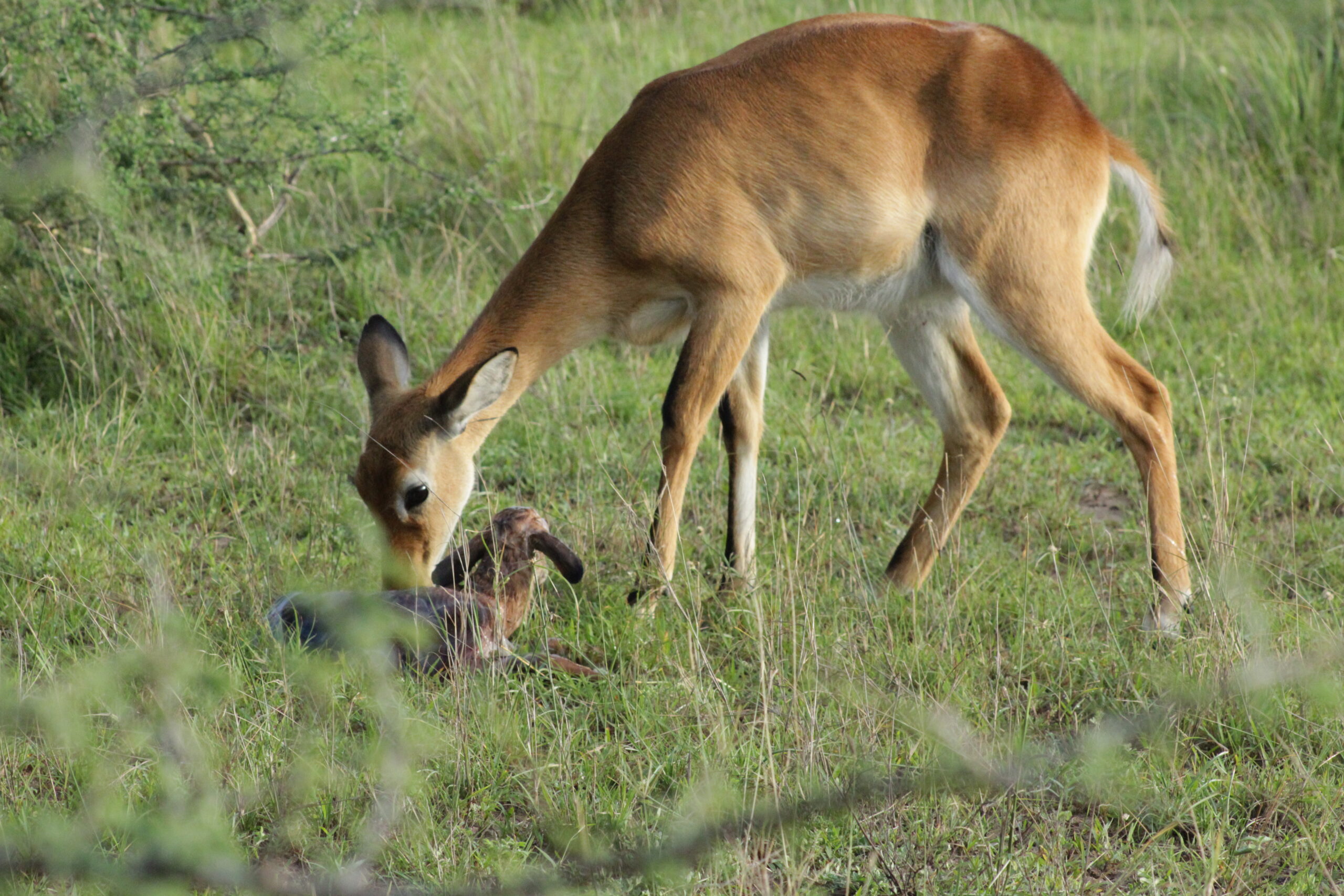
What is Queen Elizabeth National Park Known For?
Conclusion
Queen Elizabeth National Park is a gem of biodiversity and natural beauty, offering unparalleled opportunities for wildlife enthusiasts and nature lovers to experience Uganda’s incredible wildlife. From its famous tree-climbing lions and abundant birdlife to its spectacular volcanic craters and scenic landscapes, the park stands as a testament to the country’s commitment to conservation. Adding a gorilla trekking safari from Queen Elizabeth to Bwindi Impenetrable Forest enhances the experience, providing visitors with a chance to witness one of the most extraordinary wildlife encounters in the world. Whether you are a seasoned traveler or a first-time visitor, Queen Elizabeth National Park offers a once-in-a-lifetime experience that will leave you with lasting memories of Uganda’s wild heart.


